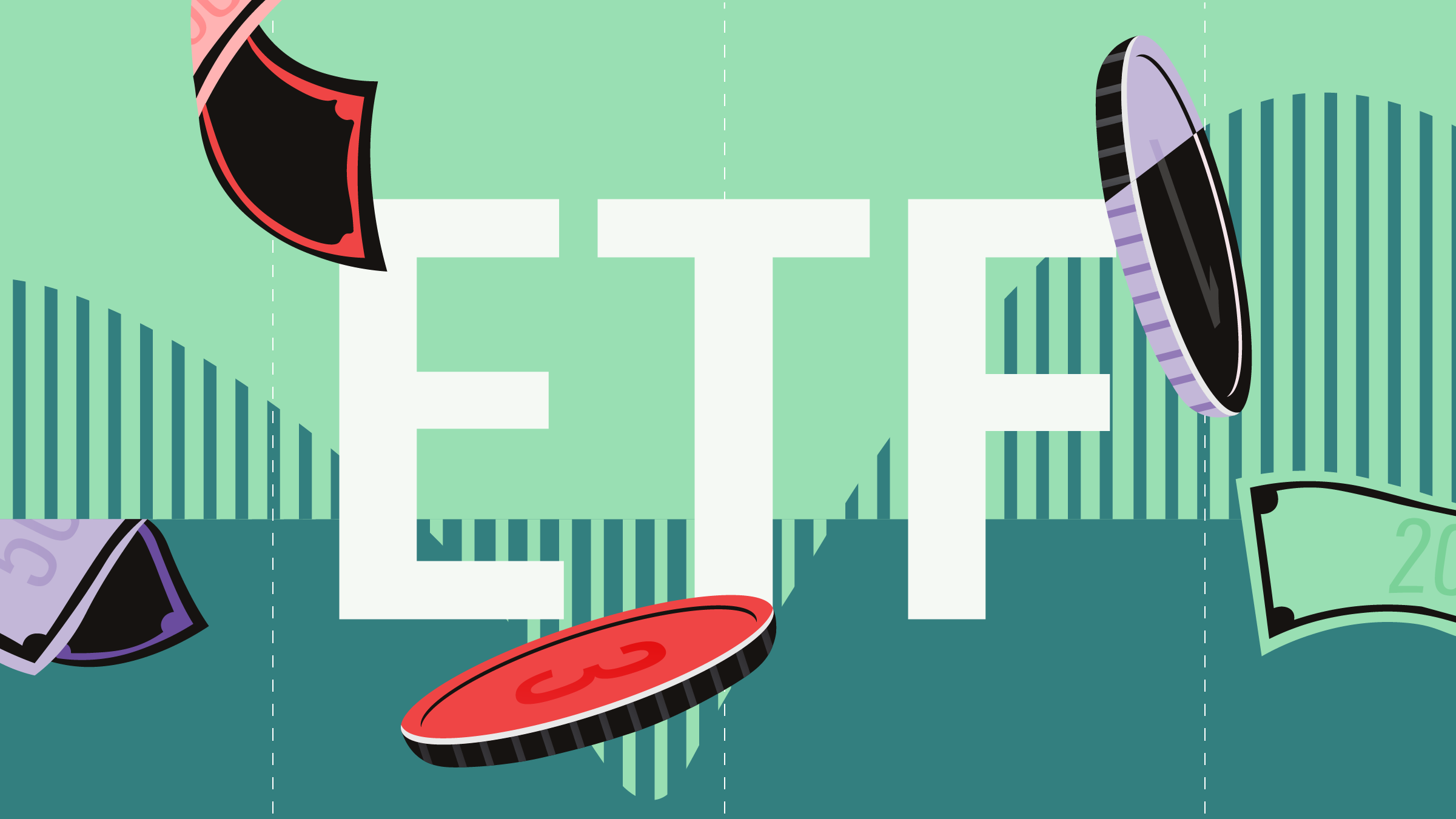Ian Tam: In Canada, the median asset-weighted expense ratio on equity or stock funds is close to 2% according to a 2019 study by Morningstar. What this means is that on average Canadian fund investors are subject to one of the highest fee environments when compared to 25 other developed markets around the world. Now, although 2% doesn't sound like a lot in a given year, breaking out the effects of these fees over time can provide a much clearer picture of how the fees can impact you as an investor.
On this table, you will see what happens when you invest $1,000 into an index. For today's example, we've used the Morningstar Canada Index which is a weighted equity index consisting about 220 publicly-traded companies. On top of the table, we've outlined various fee levels ranging from 0.25% all the way up to 2% on the upper right of the table. Now, if you have a look at this, you will notice that as time passes, your gap in wealth increases substantially.
This second table expresses the same figures but this time calculating the percentage difference in an investor's wealth when compared against an index that doesn't have any fees applied. So, for example, after five years an investor being charged a 2% fee will have 9% less money in their pocket. After 20 years, that figure balloons up to 33% or one-third of the investor's final wealth.
So, even though 2% doesn't sound like a lot in a given year, as we compound fees over time, they can really take a dent into the amount that ends up in your pocket. It would serve you well as an investor to keep a close eye on your fees to help maximize the amount that you end up with that retirement.
For Morningstar, I'm Ian Tam.


















